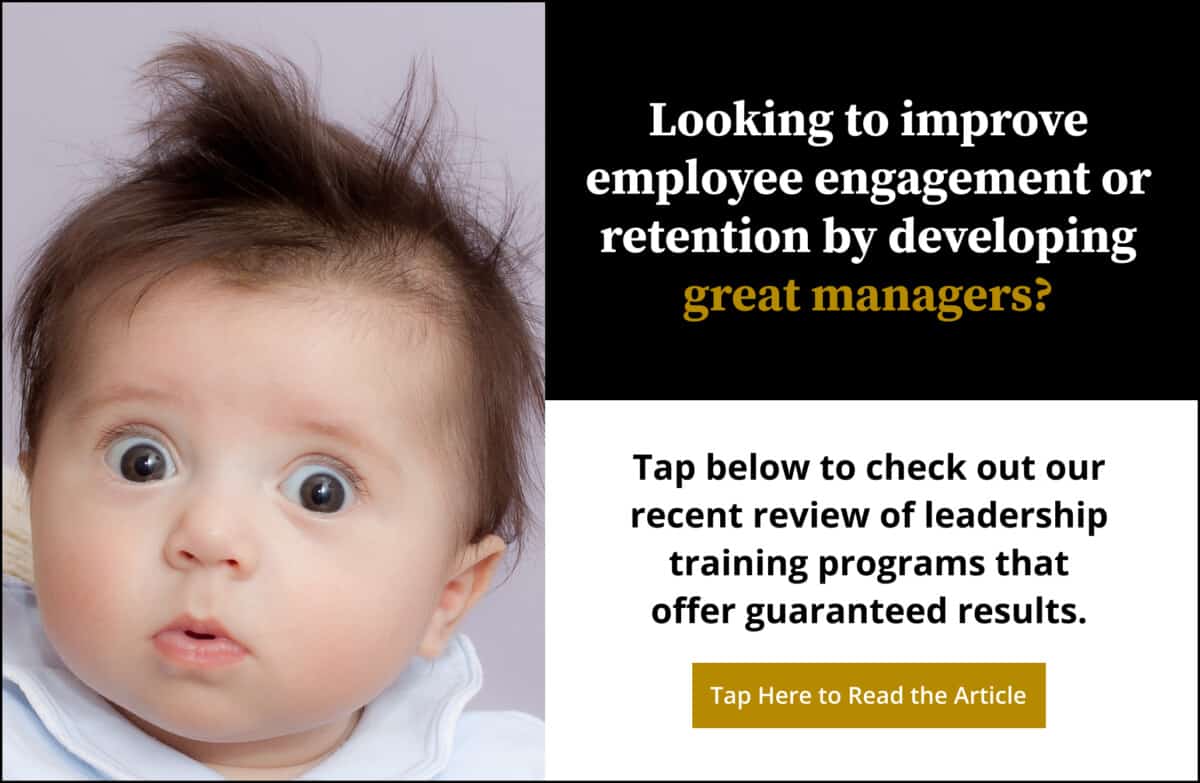Share:

Organizations track turnover closely because it can be such a costly process to refill positions when employees leave. This makes retention very important for the long-term financial success of an organization.
When we talk about employee turnover, we are referring to the number of employees who leave an organization over a specified timeframe. Employee retention, on the other hand, is the number of employees who stay with an organization over a specified timeframe.
Though the meanings of the terms are different, employee retention and employee turnover are closely related.
Employee retention and turnover are related because high levels of retention lead to lower rates of turnover. Retention and turnover metrics can provide powerful insight into employee experience, engagement, and satisfaction, as well as an organization’s level of cultural buy-in from employees.
In this article, we will define the concepts of employee retention and employee turnover, examine the link between employee retention, and discuss what it means for organizations.


What Is Employee Retention and Why Does It Matter?
Employee retention refers to an organization’s ability to retain its employees.
A high rate of retention is achieved by reducing employee turnover, which is the number of employees who leave a job, either voluntarily or involuntarily, during a certain period of time.
According to the Society for Human Resource Management (SHRM), employee retention programs play an important role in attracting and retaining skilled employees. But recruitment is just the beginning of the retention process.
Once an organization has hired talented, highly-skilled, culturally aligned employees, it wants to keep them in those roles. This means regularly evaluating how well an organization delivers on culture and how well it is engaging employees and meeting their needs.
Employee retention is tied to a positive employee experience, which affects engagement and job satisfaction levels. Retention, in turn, affects an organization’s performance, productivity, culture, profitability, and customer satisfaction.
Some studies have indicated that every time an organization has to replace a salaried employee, it costs them, on average, the equivalent of 6 to 9 months of salary. Replacing a manager making $60,000 a year can cost $30,000 to $45,000 in recruiting, onboarding, and training costs.
Because it is more efficient to retain qualified and highly-skilled employees than to train and onboard new hires, retention is good for an organization’s overall performance and necessary for sustaining high performance.
High retention rates can indicate that a team is highly engaged, performing well, and providing better customer service.
Employee Turnover and Other Terms
People leave jobs for a variety of reasons and under a variety of circumstances, and employers respond to these losses in different ways.
The terms attrition, churn, job abandonment, and turnover are often used interchangeably to refer to the loss of employees in an organization, but there are some notable differences in the kind of employee loss they describe and the employer’s response to that loss.
Attrition and employee turnover refer to employees leaving a job, but they aren’t the same thing.
Turnover is when an employee is discharged, terminated, resigns, or abandons their job. When this happens, the organization seeks a replacement. Attrition is the result of an employee retiring or an employer eliminating the position, and the vacancy is not filled.
Churn refers to the overall turnover in an organization’s staff over a specific period of time (monthly, quarterly, annually, etc.) and the rate of new employees hired to fill those vacated jobs. An organization’s churn rate includes both the attrition rate and turnover rate.
Job abandonment occurs when an employee fails to report to their job as scheduled, with no intention of returning to the job or notifying the organization that they have or intend to quit.
Employee turnover is calculated by dividing the number of employees who have left an organization by the average number of total employees for a specific period of time.
While there are a few potential downsides to high rates of retention in organizations, a high rate of turnover is costly for a company and can negatively impact productivity.
It is inevitable that every organization will experience some amount of employee turnover, no matter how great the organization’s culture is or how competitive the compensation is. This is a completely normal part of business.


Types of Turnover
There are multiple types of turnover:
- Avoidable turnover occurs when an employee leaves voluntarily for reasons that could have been prevented.
- Healthy turnover describes a situation in which an employee and the organization benefit from the employee’s resignation.
- Involuntary turnover occurs when employees are terminated for a reason, such as poor job performance, behavioral issues, or violating policies; Layoffs are also considered involuntary turnover.
- Regrettable turnover is when an organization loses an important, valuable employee (though a good leader should view all their employees as valuable).
- Retirement is sometimes considered to be a type of turnover, but it does not typically result in retention issues for an organization.
- Transfers refers to employees moving from one department or location of an organization, it may only be viewed as turnover if the transfer was at the employee’s request.
- Voluntary turnover is when an employee’s resignation is based on their, rather than their employer’s, decision to, for example, accept a position with another organization, relocate, change careers, or leave the workforce entirely.
The Retention/Turnover Connection
Retention/turnover was the top workforce management challenge cited by 47% of human resource professionals in the SHRM/Globoforce survey Using Recognition and Other Workplace Efforts to Engage Employees.
Retention and turnover measure very different things: Retention is a measure of how long an employee stays with an organization. Turnover is a measure of the number or percentage of employees who leave an organization.
But retention and turnover are inextricably linked because they are both tied to employee experience, employee engagement, and employee satisfaction.
SHRM describes the connection in this way: “retention rate… measures the retention of particular employees over a specified period of time and complements the turnover rate metric, giving a more complete view of worker movement than calculating either metric alone.”
Having a high retention rate and low turnover indicates a strong recruitment process that is identifying candidates who are a good fit for the team and a winning organizational culture that has a great deal of employee buy-in.
Since turnover can be so costly for organizations, retention efforts should be part of any forward-thinking company’s engagement strategy because they can conceivably save companies a lot of money.

Matt Tenney has been working to help organizations develop leaders who improve employee engagement and performance since 2012. He is the author of three leadership books, including the groundbreaking, highly acclaimed book Inspire Greatness: How to Motivate Employees with a Simple, Repeatable, Scalable Process.
Matt’s ideas have been featured in major media outlets and his clients include numerous national associations and Fortune 500 companies.
He is often invited to deliver keynote speeches at conferences and leadership meetings, and is known for delivering valuable, actionable insights in a way that is memorable and deeply inspiring.


